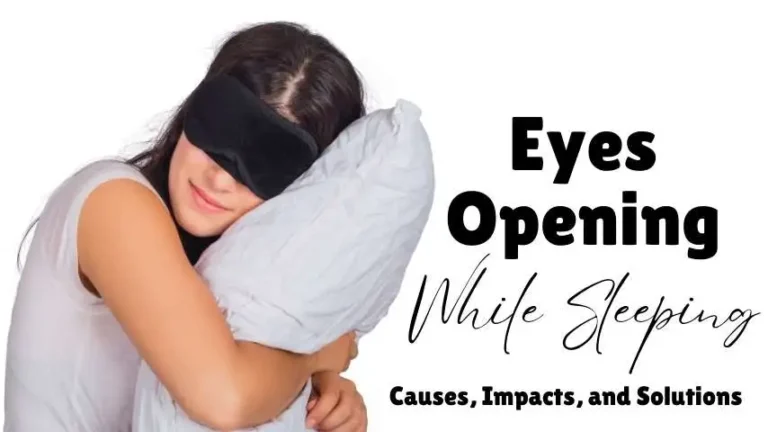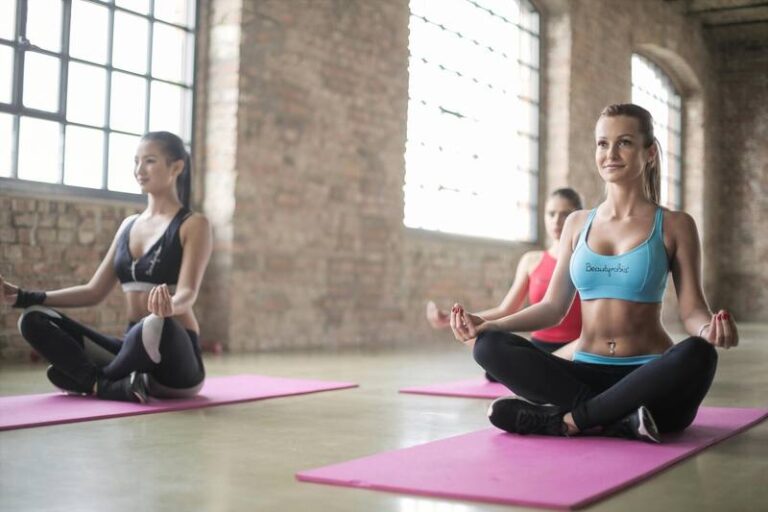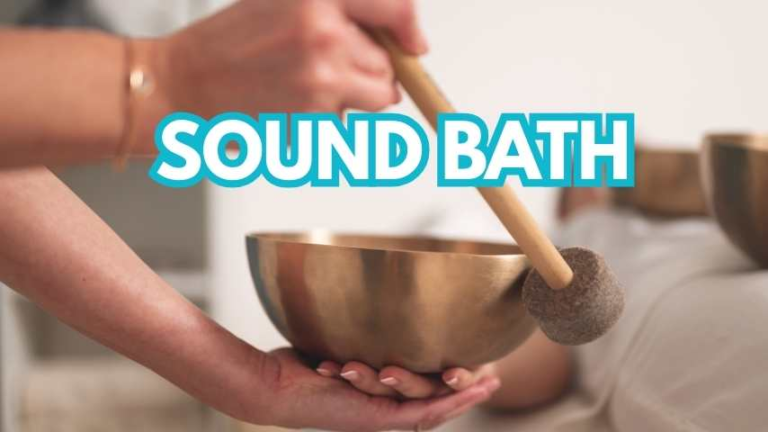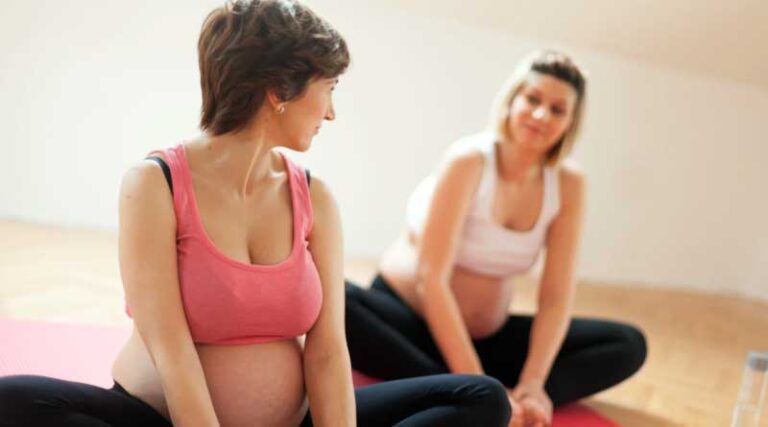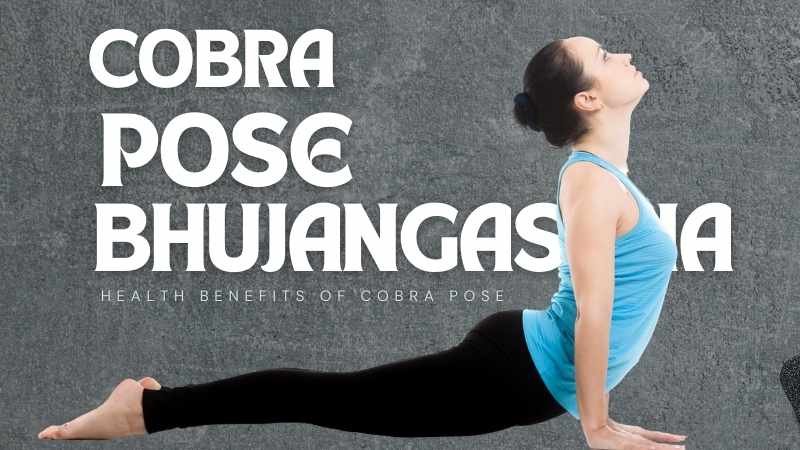
Cobra Pose Bhujangasana
Bhujangasana Information: Cobra Pose sanskrit name is Bhujangasana, is an important backbend in yoga. It helps make your spine stronger, opens your chest, and stretches your shoulders and belly. Snake posture yoga is great to add to your daily yoga routine, no matter if you are experienced or just beginning. In this blog, we will discuss the steps and benefits of Bhujangasana.
Cobra Pose
Bhujangasana procedure benefits and contraindications–
Bhujangasana Cobra Pose yoga asana is easy to learn. Position yourself face down, ensuring your chin rests on the floor. Place your hands close to your body with your palms touching the ground. Keep your legs straight and press your palms firmly against the floor.
While breathing in, extend your arms and raise your chest, allowing your upper back to follow suit. Keep your hips steady and remain in this position for 15-20 seconds and then release.
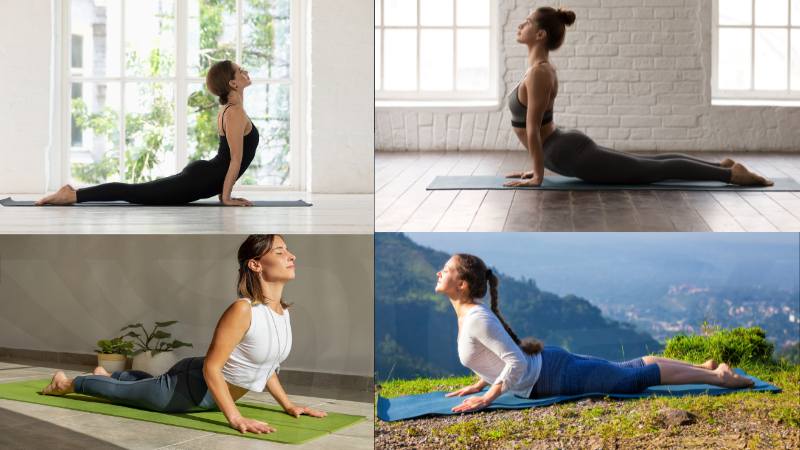
Cobra Pose Benefits
bhujangasana benefits and contraindications
- The Cobra Posture (Bhujangasana) is a great yoga pose. cobra pose muscles used in the shoulders, chest, and abdomen.
- Cobra Stretch Benefits (Bhujangasana) helps reduce stiffness in the lower back. The pose includes a gentle backbend. This can help improve flexibility and movement in the spine, especially in the lower back.
- Cobra Pose strengthens the arms and shoulders. Regular practice boosts physical strength and improves overall posture.
- This pose helps build arm and shoulder strength. It creates a strong and balanced upper body. This strength is useful for many physical activities and everyday tasks.
- Increases flexibility – When doing Cobra Pose or any yoga pose, take it slow. Listen to your body and avoid overstretching. Consistent practice, combined with proper alignment and mindful breathing, can lead to increased flexibility over time.
- Cobra Pose (bhujangasana asana) offers many physical and mental benefits. However, there is not much scientific evidence that it helps with irregular menstrual cycles.
- Many people often view yoga as a complete way to improve well-being. Some people think that certain yoga poses can help the reproductive system. Individual responses can differ. Talking to a healthcare professional for personalized advice on menstrual health is important.
- Relieves stress and fatigue
- Expands the chest and aids in clearing the pathways of the heart and lungs
- Enhances blood and oxygen flow, particularly in the spinal and pelvic areas
- bhujangasana yoga benefits to Improves digestion
- Strengthens the spine
- Soothes sciatica
- Alleviates asthma symptoms
- improves blood circulation and improves spinal
Cobra Position – Bhujangasana Benefits
Reduces abdominal fat:
Beauty lovers also enjoy the benefits that yoga brings. Many people see the snake pose, or Bhujangasana, as one of the best poses for a toned stomach. Bhujangasana can improve your beauty by stretching your abdominal muscles.
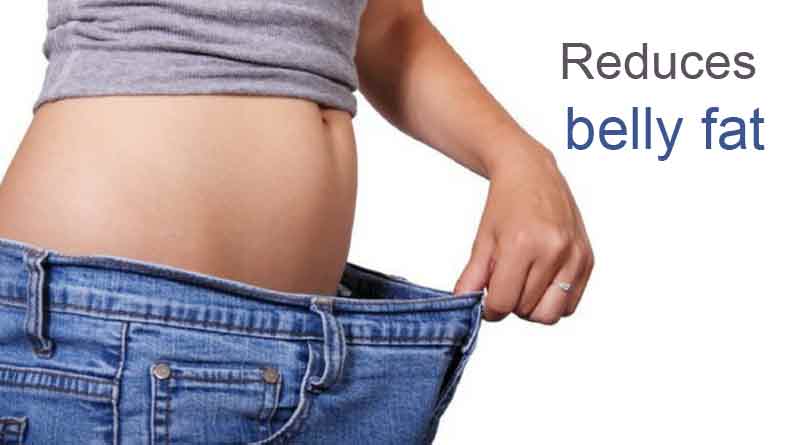
Bhujangasana Enhances circulation:
A healthy blood circulation is vital to keep you active and energetic levels. One of the major benefits that comes from Bhujangasana lies in the ability it has to boost blood circulation. Improved circulation supplies your body’s cells with oxygen and nutrients. In addition, a better flow of blood helps to maintain hormonal balance.
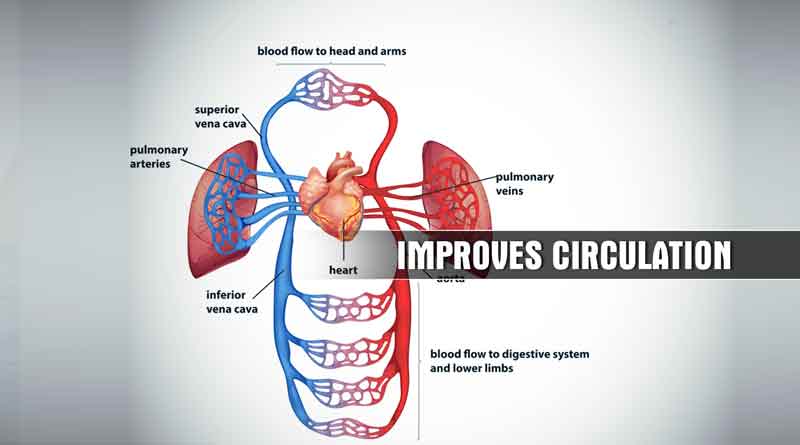
Stress Management:
If you’re struggling with problems with depression or anxiety It’s not a bad thing! The practice of yoga bhujangasana can lessen the symptoms of stress.
The symptoms are headaches, fatigue and a lack of strength. In addition, it is helpful in managing depression. However, if you are experiencing insomnia or migraine It is recommended to consult professionals.
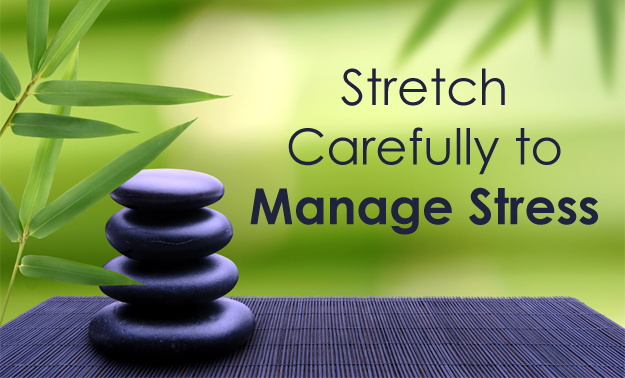
Enhances Spine Strength:
The Bhujangasana Pose of the snake is perfect to stretch your back. It can help strengthen your spine.
If you suffer from chronic back pain, you should speak with your doctor. They can assess you to determine if there are any underlying issues.
Cobra exercise for back:
Cobra Pose (Bhujangasana) is a great yoga pose. It helps strengthen the back and improve flexibility. It opens the spine and opens your chest while improving your posture. Utilizing the lower back muscles it will relieve tension and stiffness.
This posture also increases the digestive health of your stomach organs by assisting digestive function and blood circulation. If you practice this regularly, it can reduce back pain as well as make you back more flexible.
Keeping good posture is important. Maintain a slight bend in your elbows and keep your shoulders at ease. Avoid excessively straining your back. Doing daily Cobra Pose by focusing on your breath can help increase your back strength and overall spine health.
How to perform Cobra Pose Bhujangasana step by step procedure for Bhujangasana
Cobra pose exercise, or Bhujangasana yoga pose that forms part of the classic Sun Salutation sequence. The backbend can increase the range of motion in the back as well as strengthen the muscles in your back as well as opens the chest. This is a step-by-step instruction for performing Cobra Pose:
1. Starting Position:
- Begin by lying down on your stomach with your legs straight, and your top foot resting against the mat.
- Put your mat hands down near your chest with your palms facing downwards and your fingers spread out. Your elbows should be near to your body.
2. Positioning Your Legs:
- Keep your feet firmly together If you prefer, you can keep them a little wider than hip width, depending on what is most comfortable for you.
- Put the soles of your feet onto the mat.
3. Engaging Your Core:
- Involve your abdominal muscles in bringing your navel closer to your spine. This will help keep your lower back safe during a backbend.
4. Inhaling and Lifting:
- When you inhale, you will start to stretch your arms and lifting your chest off the mat.
- Utilize to strengthen your muscles in the back, rather than pushing your hands to lift your. Keep your elbows slightly bent.
5. Opening the Chest:
- Your shoulders should be rolled back and down, allowing your chest to open. Imagine your chest moving upwards and forwards.
6. Head Position:
- Move your eyes upwards as you tilt the head slightly, but be careful not to strain your neck. Maintain the neck in an upright posture when looking up is uncomfortable.
7. Maintaining the Pose:
- Make sure your pubic bone is anchored to the floor, and keep your legs firmly engaged.
- Continue to lift your chest, keeping the arch of your back.
8. Breathing:
- Relax and breathe deeply while you hold the pose. Make sure to avoid breathing too shallow.
9. Exiting the Pose:
- To let go, exhale and slowly lower your body back to the mat.
- Relax your head on the mat and then turn your head towards one side.
Contraindications to Bhujangasana
Cobra Pose (Bhujangasana): A Simple Guide
Do you wish increase your flexibility, improve posture be better at bending, or reduce back discomfort? Cobra Pose, or Bhujangasana is a fundamental yoga pose that can assist in achieving these objectives. It can provide numerous mental and physical health benefits, specifically for your core strength and spine. This guide will assist you to learn as well as perform Cobra Pose easily, even in the beginning of beginning to learn.
What is Cobra Pose?
People occasionally call Bhujangasana yoga snake pose. Cobra Pose features an incline that resembles the raised hood of a cobra. This is why it gets the name.
It frequently appears in yoga sequences, like the Sun Salutation. This pose is excellent for fortifying your spine, enabling chest expansion, and enhancing your overall flexibility.
Bhujangasana Safety Precautions
Cobra yoga position has many benefits However, it may not be suitable for everyone. Here are a few instances where you should not use the pose, or alter it to be more secure:
1. If you’ve recently injured your shoulders or back It is recommended to avoid Cobra Pose.
2. If you’re in the latter stages of pregnancy, try gentler postures that can provide assistance.
3. If you experience any pain that is sharp or shooting when you stretch, stop immediately. This sign indicates that something isn’t quite right.
What is cobra stretch exercise
The cobra yoga pose stretch targets the lower back and helps to strengthen the spine. This makes it a fantastic exercise for relieving back pain as well as reducing tension caused by long hours of sitting.
This will also help open your chest as well as the lungs. This is great for which improves breathing and improving posture.
Regularly practicing the cobra stretch can increase spinal flexibility and help prevent stiffness. Not pushing too hard is important, particularly in the case of back injuries.
The movement should be steady and controlled. Focus on lifting with the strength of your back muscles, not just pushing with your arms. The cobra stretch is a straightforward but effective way to increase the power of the body and help support the health of your spine.


